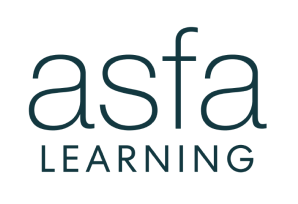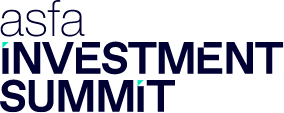In the context of the recent Royal Commission hearings, the financial services sector has become a pretty soft target for criticism. However, commentators consistently neglect to mention the many valuable services being delivered by superannuation funds. On the other hand, there have been criticisms of various aspects of superannuation, not always supported by the available evidence.
There are a number of reasons for this. Australians are notorious for wanting to cut the tallest poppies down to size. Superannuation funds are certainly tall in terms of assets under management and how they measure up internationally.
The sheer enormity of numbers that apply to the superannuation system makes it difficult for people to comprehend exactly what is being delivered. $2.7 trillion in assets is a very big number. Most individuals have trouble working out how much money they have in a coin tray let alone what the scale of $2.7 trillion is.
One way of making the large aggregate numbers more understandable is to bring them down to an individual level. $2.7 trillion averages out to around $175,000 for each of the 15.6 million or so Australians with superannuation, though clearly some Australians have more super than others.
Another way of making the numbers more understandable is to look at typical daily flows and activities for the superannuation sector.
Based on mostly APRA annual figures for 2016-17—working on calendar days rather than just business working days—each day of the year the following happens:
- $253 million in contributions are made by employers
- $38 million in tax on employer contributions is paid to the Government
- $307 million in total benefits is paid to members
- $566 million of investment income is received by superannuation funds
- 52 life insurance claims are paid
- 57 TPD claims are paid
- 124 Income Protection claims are paid
- 900 lump sum retirement payments are made
- 140 new pension benefit accounts are opened
- 12,360 new accounts in total are opened
Some commentators seem to imply that all these activities should be provided free or at a nominal cost, especially if investment returns are negative in any particular year. However, this level of activity and provision of benefits to members is not something that just happens. Very considerable resources are needed to generate the very considerable benefits flowing to fund members.
The reality is that a mostly defined contribution system investing heavily in equities and subject to complex prudential and taxation regulation involves unavoidable costs. As well, increasingly fund members are expecting their fund to provide education, advice and online reporting and transaction capabilities.
Despite these heavy cost burdens, the level of fees charged by superannuation funds in Australia stack up pretty well compared to equivalent funds overseas. As well, overall fees are down a touch between 2016 and 2017; from 1.03 per cent of total assets on average to 1.0 per cent on average.
Increased scale and greater technical efficiencies—together with harder bargaining by funds with investment managers (supplemented by strategic insourcing)—have reduced costs. However, more member engagement, development of retirement products and greater complexity of taxation and regulatory arrangements have increased costs. Going forward, further disentangling of advice fees from general fund administration fees will also place downward pressure on average fund fees.
One of the odd things about member attitudes to superannuation is that people are generally more positive about their own fund than the system as a whole. One of the challenges for the sector is to increase member satisfaction, both in regard to the fund they are in and in superannuation more generally. ASFA will continue with its advocacy and public information activities designed to better inform the public about superannuation and to boost confidence in superannuation.
Also, the scrutiny from the Royal Commission is already leading to an even greater focus by funds on good fund governance and enhancing member outcomes. The process of review and examination has been expensive and time consuming for funds but hopefully both the public interrogations and the introspection involved will lead to better outcomes for fund members.









